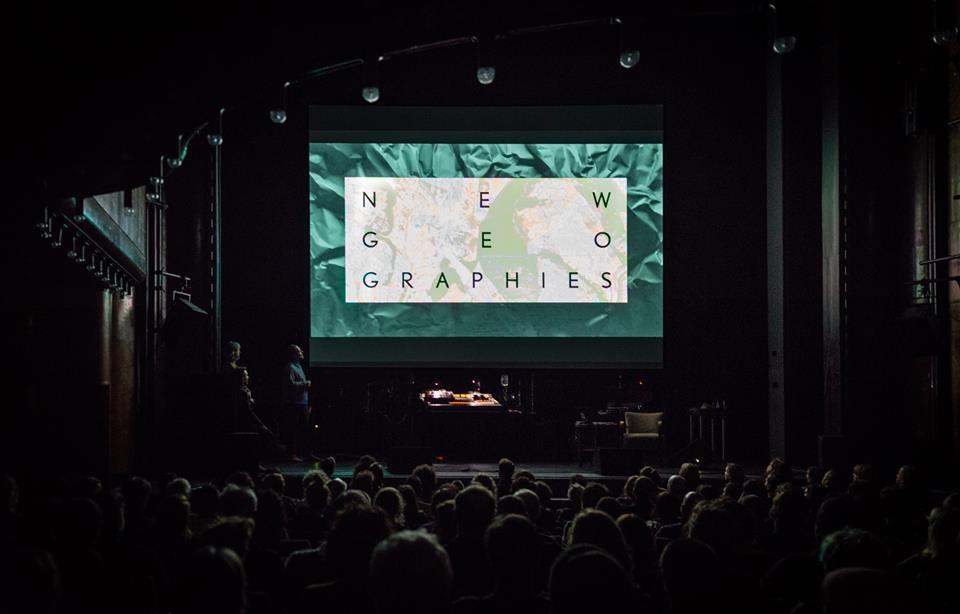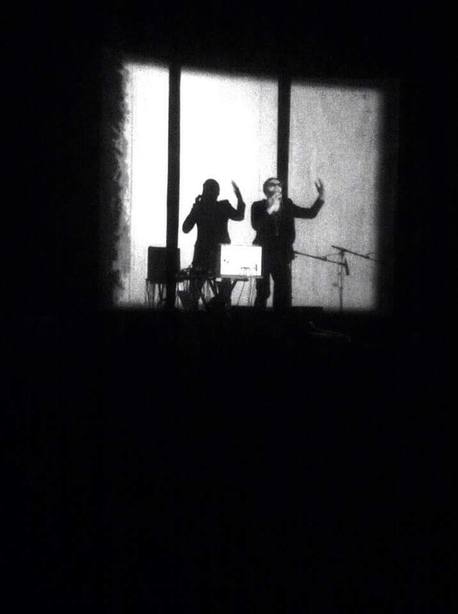Written by:
Dragoș Rusu
Share article:
Winter
In the back seats I could see some Italians, some Turkish lads and, unsurprisingly, two Romanian fellows. One of them was snoring loudly. The Moon was shining on my left and the window was reflecting the red lights of the German windmills, offering a hypnotic visual feast for an eye that didn’t get much sleep in the past few days. Without even noticing, this bus was turning into a multicultural machine providing typical global needs to whomever found himself in that certain place, moment and context.
While trying to write something about the 17th edition of CTM, the festival that I've just experienced in Berlin, for an entire week, I keep thinking about our paradoxically insignificant - and at the same time - important role in this prevailing society. Obvious thoughts, which can be actually facts, are crossing through my mind: if there is one thing that can unite all the nations in the world, that can build interconnections on totally different levels and that can get things under a common idea about the world, that can help humans communicate - that thing is, undeniably, music.
With a history deeply rooted in the avant-garde music scene in Berlin, CTM is a festival that you have high expectations from. Dedicated to contemporary electronic, digital and experimental music, as well as the diverse range of artistic activities in the context of sound and club cultures, CTM started in 1999 in partnership with transmediale - international festival for art and digital culture in Berlin. CTM (Club Transmediale)’s main purpose was to cover a wider spectrum of music and to offer a more structured music program of transmediale.
Since its beginnings, CTM was centered on a festival theme. Oliver Baurhenn, one of the organizers, talks in an interview for Shape platform about these thematic issues. ‘’When we started, we were taking over the themes of transmediale, but we were also convinced that it’s not about presenting the latest developments, but also the way they mirror societal changes. And we began to develop our own themes. In 2003, we did a huge overview of Eastern and South Eastern European electronic music, and we continued that in 2004. From 2003 onwards we started to have a discourse programme with panel discussions and film screenings, which became increasingly more important as a contextual backdrop to our programming. Music is an interesting seismograph of societal changes, politics, and how we as societies deal with these changes. That’s why these themes are quite important to us.’’
This year’s theme of the festival was New Geographies, in a successful attempt to analyze the present collapsing borders and emerging new topographies. The program was overwhelmingly rich in concerts, performance art pieces, workshops, lectures and installations. As Rabih Beaini put it in an interview we did a few days after the festival ended, the thematic ideas collided and it became all about politics; tensions between globalization and physically bound cultural individualities, online worlds that renege the connections of locality, clouding the traditional notions of gender and ethnicity and increasing feedback between natural and artificial.



